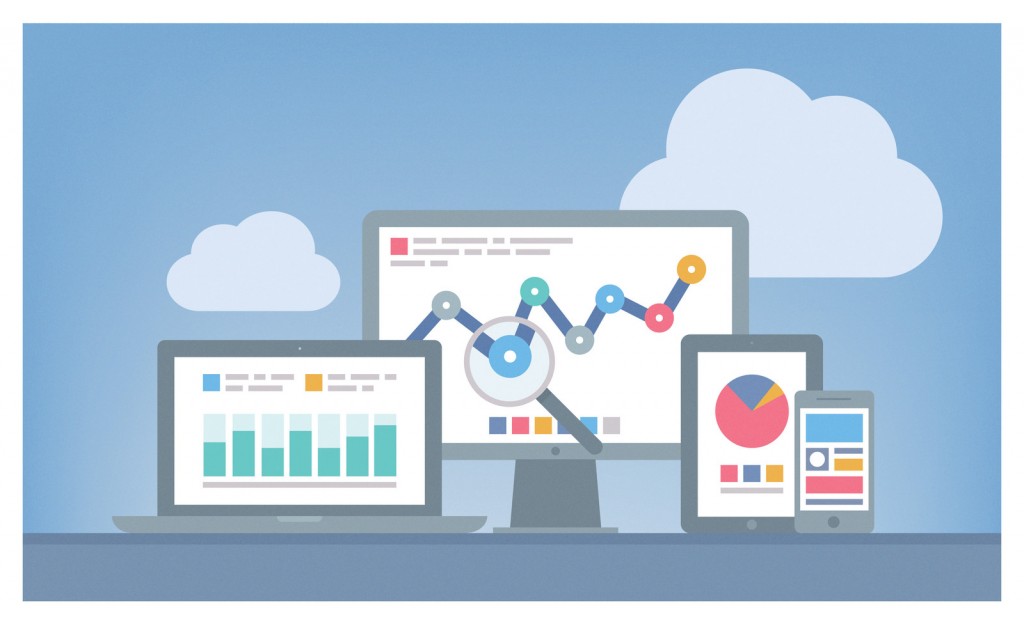
The advent of SharePoint 2013 has brought with it a complete revamp of the analytics engine. Analytics has been given much more importance, with the emphasis on searching and the use of analysis to highlight results.
SharePoint 2013 needed a new analytics approach that encompassed SharePoint online. The analytics processing component analyzes content in the search index and user actions performed on the SharePoint sites. Reports generated from these analyses yield results that SharePoint administrators can use to implement additional measures to improve the search system.
The analytics framework consists of three main parts:-
SharePoint Analytics 2013 produces two main types of analyses:-
Search analytics is a set of analyses that extract information like anchor text processing, search clicks, click distance, social tags and social distance. Information from the search analyses is used to enrich items in the search index and help to improve recall and relevance.
Usage analytics is a set of analyses that includes usage counts, activity ranking and recommendations. The data is added to the search index which is used to improve search relevancy and generate usage reports for both internal and external users of your SharePoint platform. Recommendations analysis looks for patterns of usage which can then be used to add value to a site by displaying a recommendation, such as “People who viewed this also viewed…”
Search analytics aggregates data to store in the reporting database which then generates the following reports:-
The analytics processing component also generates data to create usage reports in Excel format:-
The analytics processing component logs the following information for each usage event:-
No user information is stored at the conclusion of data processing. SharePoint 2013 has features to protect the privacy of personally identifiable information which is collected by the analytics processing component.
– – – – – – – –
Scott Restivo has worked in the IT industry for over 20 years. A certified systems engineer, with CNE, MCSE, and CCNA designations, he consulted to major corporations and the military …read more
Creative Commons Attribution: Permission is granted to repost this article in its entirety with credit to Crow Canyon Systems and a clickable link back to this page.